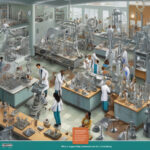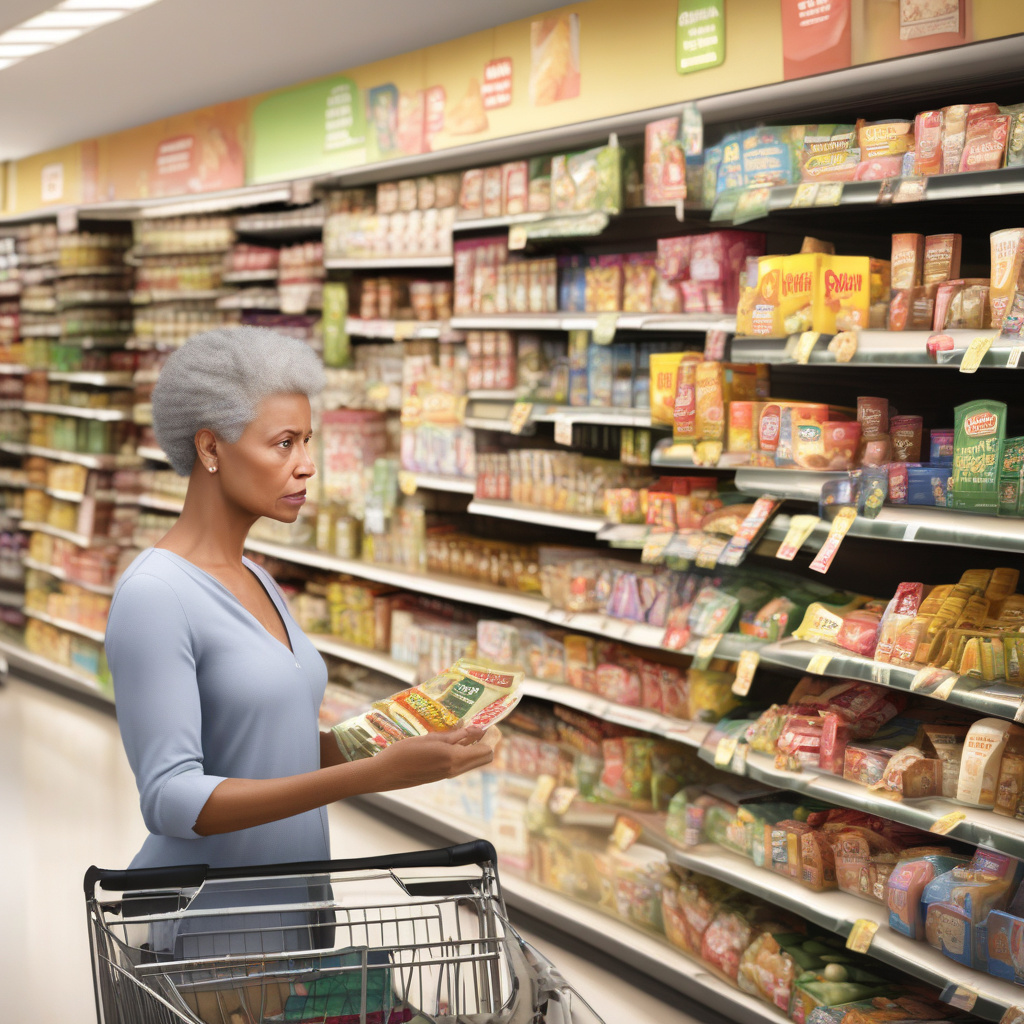Consumer Resilience to Be Tested as Tariff-Fuelled Price Increases Brew
US retailers remain bullish on the resilience of US consumers, a sentiment that could soon be put to the test as tariff-fuelled price hikes increasingly show up on shelves.
In the ever-competitive retail landscape, consumer resilience has been a key factor that has buoyed many businesses through economic uncertainties and market fluctuations. However, the current scenario, marked by tariff-fuelled price increases, presents a unique challenge that may push this resilience to its limits.
For a considerable period, US retailers have enjoyed a certain level of confidence in the spending power and adaptability of American consumers. This confidence has been particularly evident in the face of previous economic downturns and global trade tensions. Yet, the impact of tariffs on imported goods is beginning to ripple through the market, leading to higher prices for a range of products.
One of the sectors feeling the pinch is the electronics industry. With a significant portion of electronics being manufactured overseas, the tariffs imposed on imported components have led to increased production costs. As a result, consumers can expect to see higher prices on items such as smartphones, laptops, and other gadgets in the near future.
The automotive industry is another area where tariff-related price increases are becoming more palpable. With many car manufacturers relying on imported parts for their vehicles, the additional costs incurred due to tariffs are being passed on to consumers in the form of higher car prices. This shift could potentially impact consumer purchasing decisions and overall demand for new vehicles.
Even everyday items like clothing and household goods are not immune to the effects of tariffs. Retailers who source their products internationally are facing tough decisions about whether to absorb the increased costs or pass them on to consumers. In either scenario, the end result is likely to be higher prices for shoppers at a time when many are already balancing tight budgets.
The real test of consumer resilience will come as these price increases become more widespread across various product categories. Will American consumers continue to spend confidently in the face of higher prices, or will we see a shift in purchasing behaviors as individuals tighten their belts?
US retailers are closely monitoring consumer reactions to these price hikes, knowing that their ability to weather this storm will depend largely on how willing shoppers are to pay more for the same goods. Strategies such as targeted promotions, loyalty programs, and value-added services may play a crucial role in retaining customer loyalty during this challenging period.
Ultimately, the coming months will reveal the true extent of consumer resilience in the face of tariff-fuelled price increases. Retailers, manufacturers, and economists alike will be watching closely to gauge the impact on spending patterns, market dynamics, and the overall economic outlook.
As the market adjusts to these new realities, one thing is certain – the resilience of US consumers will be put to the test like never before.
consumer, resilience, tariffs, price increases, US retailers











